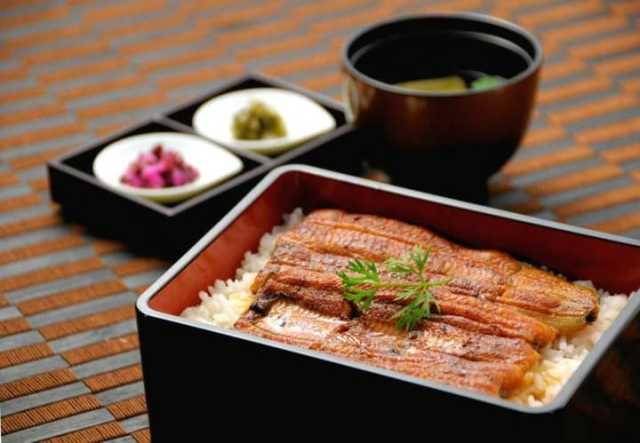When visiting Japan, you'll, of course, want to taste Japanese cuisine. There are many types of dishes and local specialties you can choose from, but if we were to pick up traditional dishes that we highly recommend, they would be the ones introduced below.
Sushi is one of the best known Japanese foods around the world. It is offered in various ways and prices, from the entertaining kaiten-zushi (conveyor belt sushi), where visitors can enjoy sushi for a reasonable price of about 100 yen per plate, to high-end, long-established, traditional Edomae sushi (Edo-style sushi) where you will sit at a quiet counter to eat as the sushi is prepared right before your eyes.
Sushi usually refers to a dish of pressed vinegared rice with a piece of raw fish or shellfish, called a neta, on top. Sushi is generally eaten with soy sauce and wasabi, but those who aren't too fond of wasabi can ask for "sabi-nuki" (meaning "without wasabi").
Sushi can be eaten with chopsticks or directly with your hand. However, there's one thing you should be careful about. When dipping the sushi in soy sauce, you should turn it over and apply the soy sauce to the neta, rather than the rice itself. This is to prevent the rice from sucking up too much soy sauce and erasing the original taste of the "neta" itself.
Sashimi is another must-try food. Similar to sushi but without the rice, sashimi is raw fish sliced into easy-to-eat pieces. The high-quality of the fish caught in all regions of Japan makes it a great choice no matter if you are visiting Tokyo, Kyoto, or anywhere else.
Just like sushi, diners can enjoy dozens of varieties of sashimi. Some of the most common and popular varieties are maguro and other tuna varieties, salmon, mackerel, and sea bream. You can also try clams, uni, or sea urchin, and salmon roe. Find out what fish and seafood you like the best by ordering a variety.
Sashimi is typically eaten with soy sauce for flavoring. You can also add a dot of wasabi to the top of the sashimi for extra heat, but it is not required. Certain varieties, like horse mackerel, will be served with ginger instead of wasabi.
Unagi, or eel, is a fish known to be found mainly in rivers. In Japan, it is a delicacy typical in high-class Japanese dining. There are also many casual restaurants that specialize in unagi dishes. At unagi restaurants, you will be able to enjoy kabayaki, where the unagi is put on skewers and grilled with a special sauce containing soy sauce, mirin, sugar, and sake. Unadon, a dish of kabayaki on top of white rice, is also offered at these establishments.

